An election year is notoriously tricky for book publishers: What author wants their book to come out in the weeks immediately before Americans go to the polls, when the news is consumed by the race? But the weeks and months that follow an unexpected result can be even tougher times for authors to get noticed (a moment’s silence for everyone who had a book out in November and December 2016). The crop of books coming out this fall is a strong and particularly brave batch. Few of those on our list are about today’s political landscape—though long views from Ta Nehisi Coates and Richard Beck have much to say to our moment—and their release dates perhaps wisely skew closer to Labor Day than Election Day.

Colored Television by Danzy Senna
Riverhead Books, 288 pp., $29.00
For Danzy Senna, “identity politics is as much a playground as a battleground,” Stephen Kearse writes in his review of Colored Television. “Building on her long-running interest in television as both a pastime and a trick mirror, the book is set in present-day Los Angeles, where novelist Jane Gibson wants to break into screenwriting.” Her new career path takes her into the status-obsessed world of “prestige” TV, where “representation” is a buzzword rather than a serious commitment.
Read our review here.
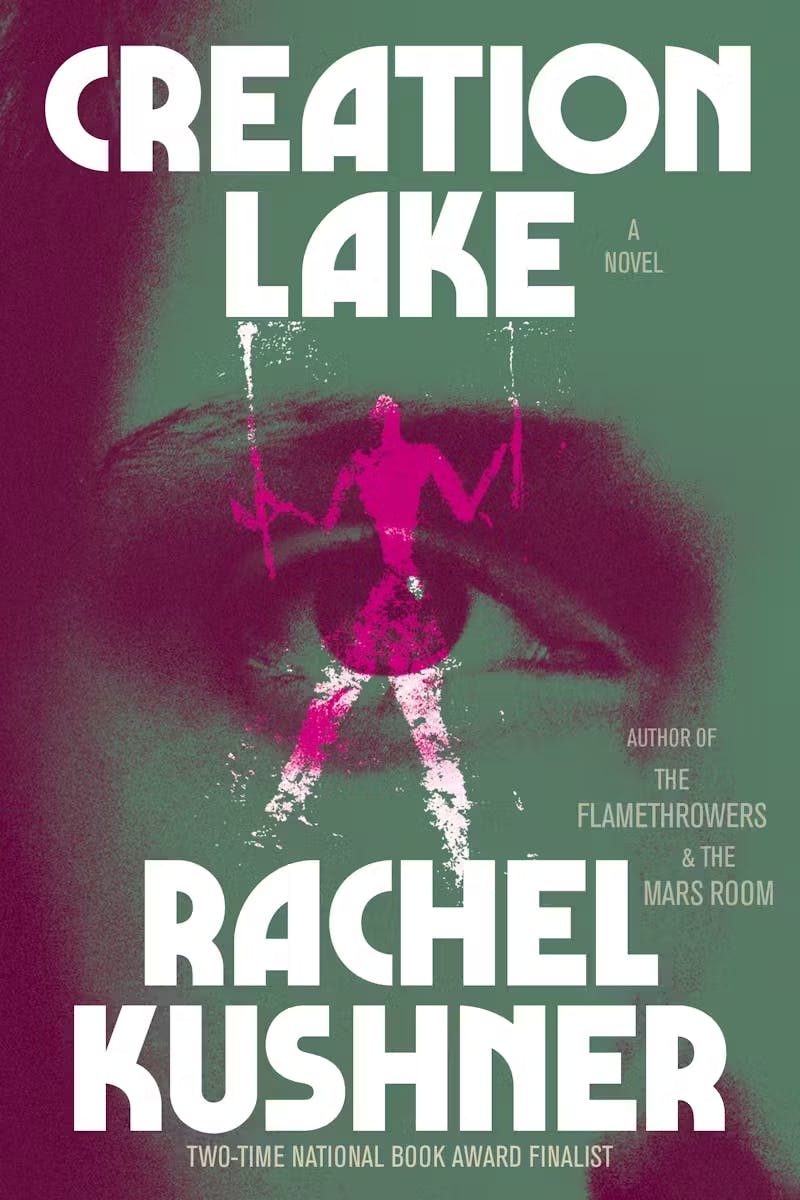
Creation Lake by Rachel Kushner
Scribner Book Company, 416 pp., $29.99
Rachel Kushner’s novel about “Sadie Smith,” a spy-for-hire in the south of France, is a shrewd and thrilling commentary on gender dynamics: Kushner’s spy recognizes how easily young women are dismissed or underestimated, and finds it is to her advantage when she infiltrates a group of radical eco-activists and no one asks too many questions about who she is or what she is doing. In order to understand her subject, Sadie has to immerse herself in their wide-ranging discussions of partisans, rebellions, handfishing, caves, activist strategy, and the nature of humanity itself. As in a Graham Greene or John le Carré novel, in Creation Lake the point of spying is to find out not just what is happening but how to pick one’s way through a world of ideas.
Read our full review here.

Homeland: The War on Terror in American Life by Richard Beck
Crown Publishing Group, 592 pp., $33.00
Beck’s enthralling survey of the recent past shows how 9/11 continues to shape our present and has left us with what he calls an “impunity culture”—a government-wide inability to face consequences or change tack. As Ed Burmila writes in his review, the subsequent “interventions” in Iraq and Afghanistan revealed “a fragile superpower more desperate to maintain appearances than to make rational investments.” The invasion of Iraq was as bloodthirsty as it was illogical; through Beck’s eyes, we examine the nauseating security theater of the years following the attacks and the legacy of such decisions today: “a world in which we rationalize which rights (usually those of other people) we are willing to trade for the illusion of greater security.”
Read our full review here.
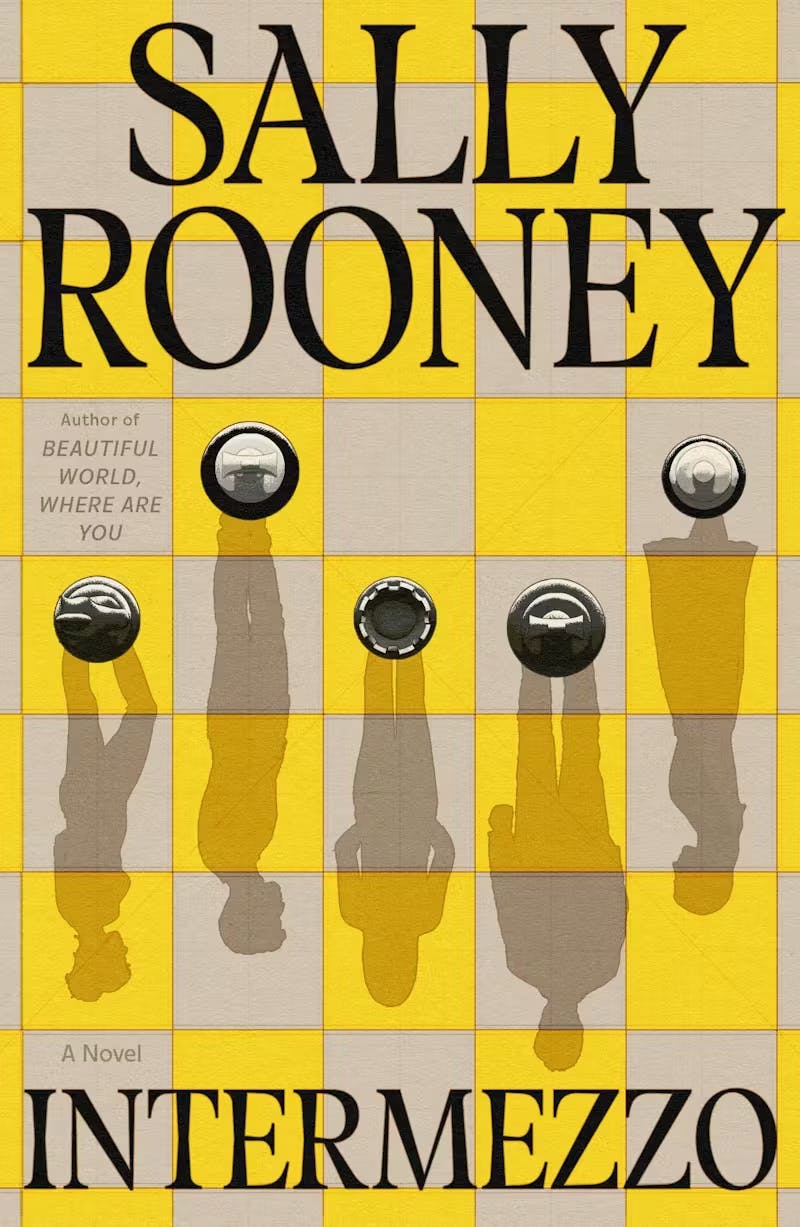
Intermezzo by Sally Rooney
Farrar, Straus and Giroux, 464 pp,. $29.00
In chess, intermezzo is the tactical move that disrupts the anticipated sequence to turn the game on its head. Sally Rooney’s fourth novel deals with death, chronic illness, and housing insecurity, but the real disruption is romance. “Life has slipped free of its netting,” thinks Margaret, a 36-year-old divorcee, when she falls for Ivan, a 22-year-old with braces whom she chaperones at a chess tournament. Ivan’s brother Peter finds that for all the enviable sexual opportunities he has, he can’t let go of the life he lost with his ex, Sylvia. Intermezzo is about what happens when we allow ourselves to shirk expectations of ourselves and others.
Read our full review here.
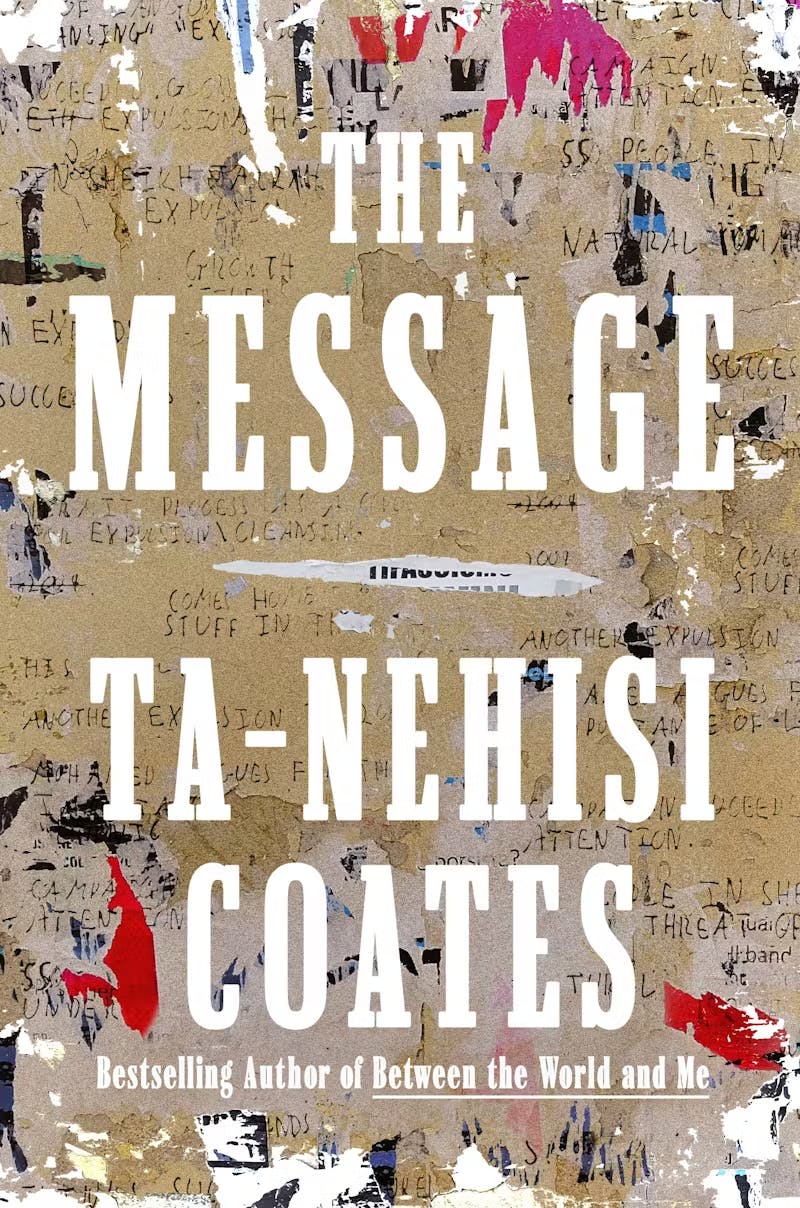
The Message by Ta-Nehisi Coates
One World, pp. 256, $30.00
Ta-Nehisi Coates’s The Message is a thought-provoking collection of three interwoven essays that blend memoir with a guide to good writing. Exploring themes of nationalism, oppression, and belonging, Coates reflects on his journeys to Dakar, Senegal; Columbia, South Carolina; and Palestine. He examines the power of storytelling alongside issues including slavery, book banning, and Israeli apartheid. The longest section focuses on Palestine, where he confronts the clash between nationalist narratives and lived realities. Addressing young writers, Coates urges them to write in service of a “larger emancipatory mandate,” offering insights into the role of storytelling and mythmaking in shaping our understanding of the world.
Read our full review here.
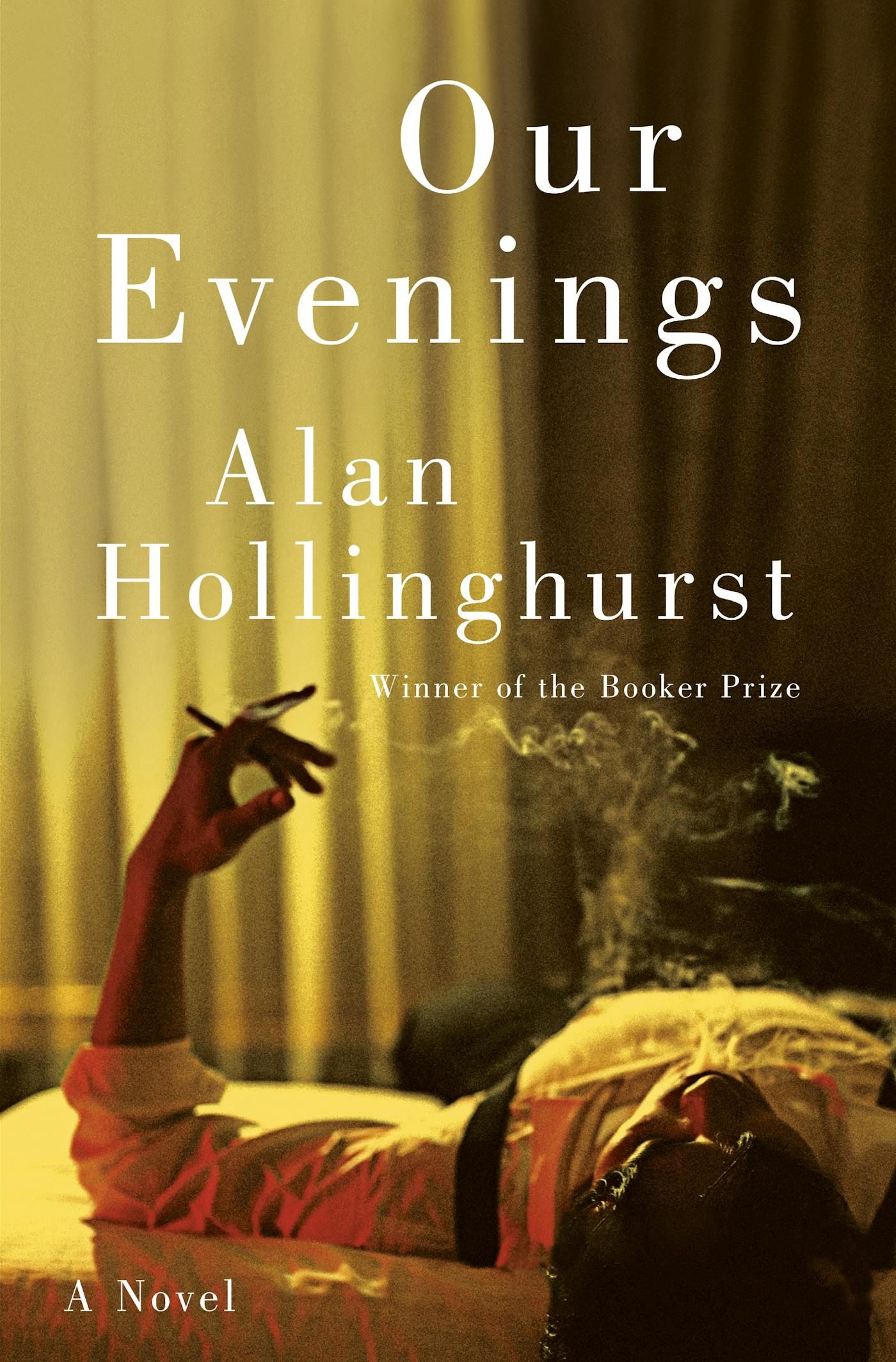
Our Evenings by Alan Hollinghurst
Random House, 496 pp., $30.00
Brexit appears early in Hollinghurst’s long-awaited new novel, which follows Dave Win, the son of a Burmese immigrant he’s never met, from the time he enters an elite English boarding school, by scholarship, in the 1960s, to the present. Win is practically tortured at boarding school, but he’s smart, and from there he embarks on a career in avant-garde theater. As the novel opens, Win sits in bed reading about the death of the “Brexit Minister’s millionaire father” for whom his scholarship was named. The memories return in fragments, “stills, you know, rather than clips. Or GIFs perhaps, sometimes—a head turns, a hand comes down, but you never see what comes next, it just does it again.” Hollinghurst, a Booker Prize winner, has a keen eye for the everyday slights and painful slippages that keep Win from feeling fully understood—let alone accepted—by his countrymen.

The Hidden Globe: How Wealth Hacks the World by Atossa Araxia Abrahamian
Penguin Random House, pp. 336, $30.00
Atossa Araxia Abrahamian’s The Hidden Globe: How Wealth Hacks the World delves into the shadowy, elusive world of offshore jurisdictions and “legal black holes” that facilitate the wealth and power of elites. Focusing on her hometown of Geneva, Abrahamian unpacks how this seemingly “placeless” city serves as a gateway to a broader “mercenary world” where capital flows freely across unconventional jurisdictions. From Caribbean tax havens to satellite territories in the Arctic, Abrahamian reveals how these “liminal spaces” fuel growing global inequality, allowing the wealthy to exploit loopholes and “hack” the global economy, while the disenfranchised bear the cost.
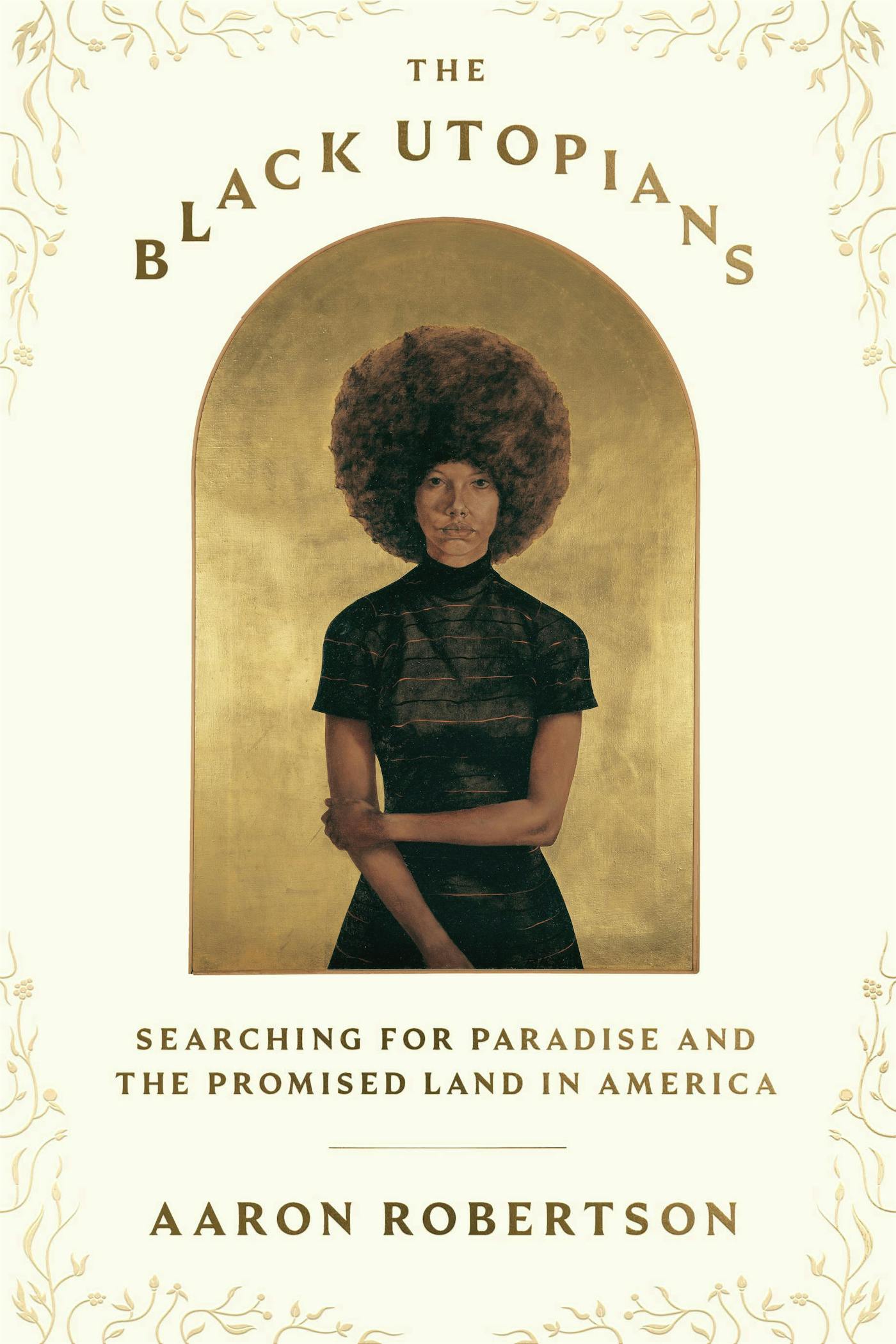
The Black Utopians: Searching for Paradise and the Promised Land in America by Aaron Robertson
Farrar, Straus and Giroux, pp. 400, $30.00
The Black Utopians: Searching for Paradise and the Promised Land in America by Aaron Robertson is a captivating exploration of Black utopian movements in the United States. Robertson weaves together memoir, history, and social analysis, tracing the efforts of African Americans to create self-sufficient communities and escape systemic oppression. The book highlights influential figures and movements, such as the Shrine of the Black Madonna in Detroit, led by Albert Cleage Jr., which became a hub for utopian experimentation.

The Icon and the Idealist: Margaret Sanger, Mary Ware Dennett, and the Rivalry That Brought Birth Control to America by Stephanie Gorton
Ecco Press, 464 pp., $32.00
Stephanie Gorton deftly writes the rivalry between Margaret Sanger and Mary Dennett, drawing out each activist’s political approach to reproductive rights. This history is not only relevant to the fight for contraceptive access and bodily autonomy playing out today, it also resonates as the book wrestles with the contradictions of activism, the shortcomings of political leaders, and how our idealism persists despite those challenges.

Golden Years: How Americans Invented and Reinvented Old Age by James Chappel
Basic Books, 368 pp., $32.00
“Beginning with the 1935 passage of the Social Security Act, Americans have been sold an idea of old age,” Chappel opens his essential study into the political action required to construct, and maintain, one of the last vestiges of America’s social safety net. That social security benefits in the U.S. have never been cut since passing through Congress is a small miracle, but Chappel also shows how Social Security left the poorest Americans and people of color behind. Golden Years is interested not just in how this legislation survived; it also shows how old age itself—the way we think of and experience it—has been retooled: that is, for better or worse, through passionate political activism. But more spadework is needed if financial stability and care in old age is to be available to all; Chappel expertly examines the changes that might allow a reimagining of old age in the shadow of “the gray, hot century to come.”






